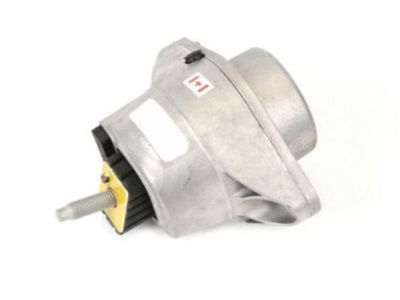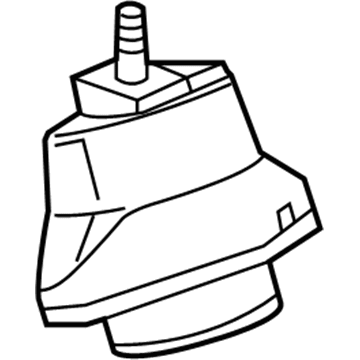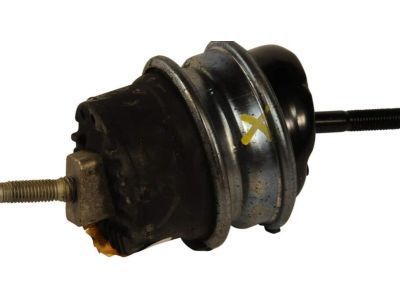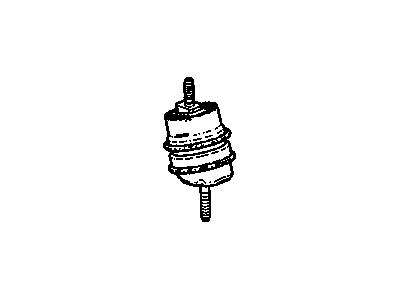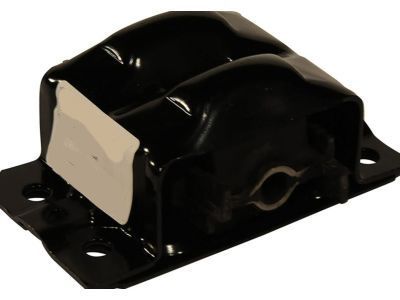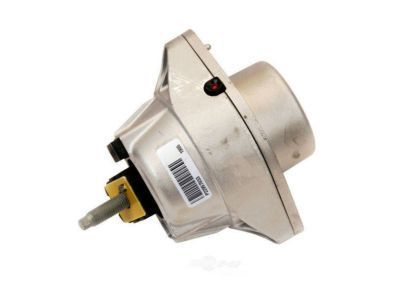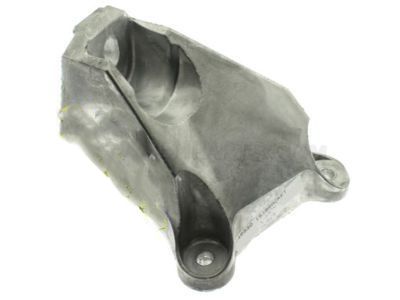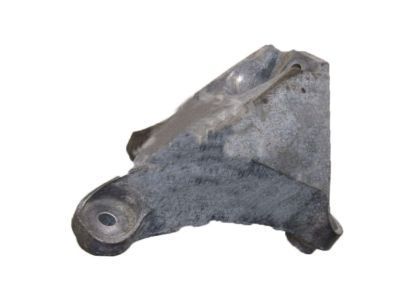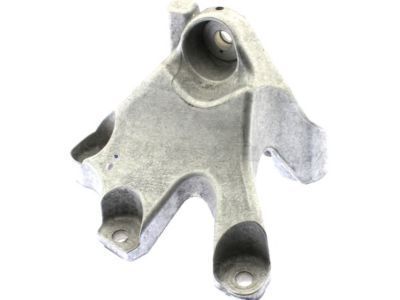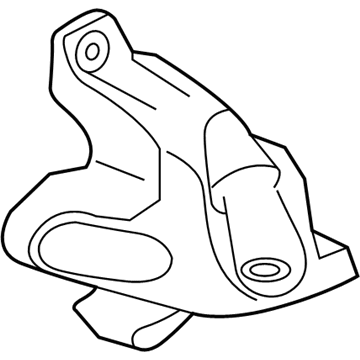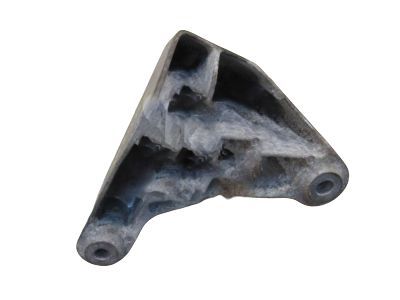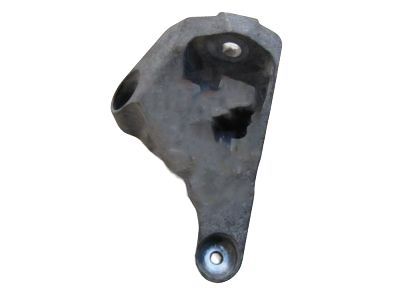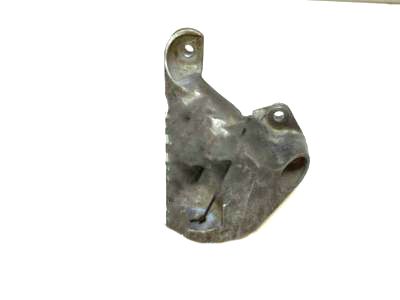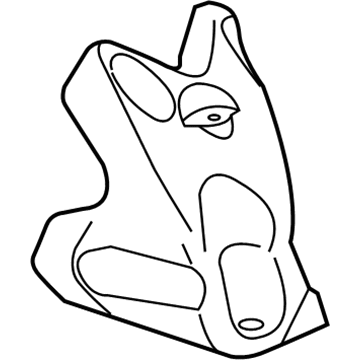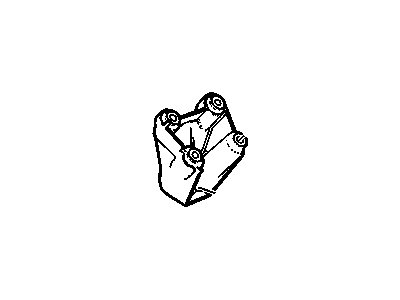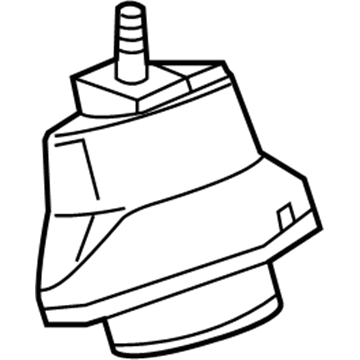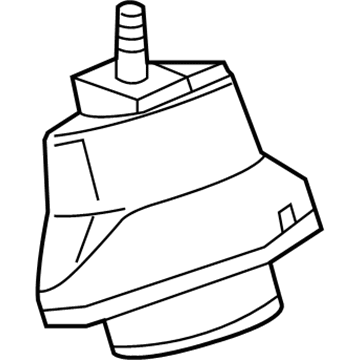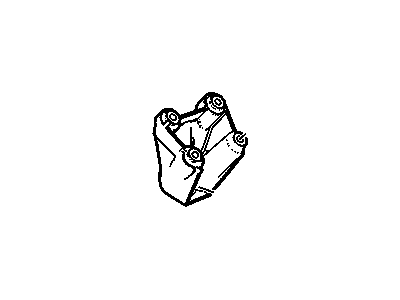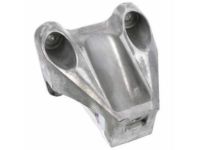
My Garage
My Account
Cart
Genuine Chevrolet Camaro Engine Mount
Engine Motor Mount- Select Vehicle by Model
- Select Vehicle by VIN
Select Vehicle by Model
orMake
Model
Year
Select Vehicle by VIN
For the most accurate results, select vehicle by your VIN (Vehicle Identification Number).
45 Engine Mounts found
Chevrolet Camaro Mount, Engine
Part Number: 92249010$179.58 MSRP: $304.40You Save: $124.82 (42%)Ships in 1-3 Business DaysChevrolet Camaro Mount, Engine
Part Number: 22957033$152.16 MSRP: $260.18You Save: $108.02 (42%)Ships in 1-2 Business DaysChevrolet Camaro Bracket, Engine Mount
Part Number: 92249330$46.84 MSRP: $80.09You Save: $33.25 (42%)Ships in 1-3 Business DaysChevrolet Camaro Bracket, Engine Mount
Part Number: 23104519$94.16 MSRP: $150.15You Save: $55.99 (38%)Chevrolet Camaro Bracket, Engine Mount
Part Number: 92249329$53.52 MSRP: $85.34You Save: $31.82 (38%)Ships in 1-3 Business DaysChevrolet Camaro Bracket, Engine Mount Engine Side
Part Number: 23136567$110.39 MSRP: $173.69You Save: $63.30 (37%)Ships in 1-3 Business DaysChevrolet Camaro Bracket, Engine Mount
Part Number: 22805661$48.10 MSRP: $82.24You Save: $34.14 (42%)Ships in 1-3 Business DaysChevrolet Camaro Mount, Engine
Part Number: 23425127$92.97 MSRP: $160.37You Save: $67.40 (43%)Ships in 1-2 Business DaysChevrolet Camaro Bracket, Engine Mount
Part Number: 22843611$61.16 MSRP: $97.51You Save: $36.35 (38%)Ships in 1-3 Business DaysChevrolet Camaro MOUNT
Part Number: 14039405$31.13 MSRP: $44.74You Save: $13.61 (31%)Ships in 1-2 Business DaysChevrolet Camaro F, Mount
Part Number: 10029901$65.25 MSRP: $93.77You Save: $28.52 (31%)Ships in 1-2 Business DaysChevrolet Camaro F, Mount
Part Number: 10029902$65.25 MSRP: $93.77You Save: $28.52 (31%)Ships in 1-2 Business DaysChevrolet Camaro Mount, Engine
Part Number: 23340392$93.43 MSRP: $159.77You Save: $66.34 (42%)Ships in 1-2 Business DaysChevrolet Camaro Bracket, Engine Mount
Part Number: 23104518$94.16 MSRP: $150.13You Save: $55.97 (38%)Chevrolet Camaro Mount, Engine
Part Number: 84284435$71.02 MSRP: $113.27You Save: $42.25 (38%)Ships in 1-3 Business Days
| Page 1 of 3 |Next >
1-20 of 45 Results
Chevrolet Camaro Engine Mount
Each OEM Chevrolet Camaro Engine Mount we offer is competitively priced and comes with the assurance of the manufacturer's warranty for the part. Furthermore, we guarantee the speedy delivery of your orders right to your doorstep. Our hassle-free return policy is also in place for your peace of mind.
Chevrolet Camaro Engine Mount Parts Questions & Experts Answers
- Q: What should be done if engine mounts are broken or deteriorated in V8 engine on Chevrolet Camaro?A:Engine mounts seldom require attention, but broken or deteriorated mounts should be replaced immediately to prevent damage to driveline components. During the check, the engine must be raised slightly to remove the weight from the mounts. Begin by raising the vehicle and securely supporting it on jackstands, then position a jack under the engine Oil Pan with a large block of wood between the jack head and the oil pan, raising the engine just enough to relieve the weight on the mounts without fully supporting the engine. Inspect the mounts for any cracks, hardened rubber, or separation from the metal plates, noting that rubber may split down the center. Applying rubber preservative or WD-40 can help slow deterioration. Check for any relative movement between the mount plates and the engine or frame using a large screwdriver or prybar; if movement is detected, first check the tightness of the mount fasteners before concluding that the mounts are faulty, as broken mounts typically allow noticeable engine movement when pried or under load. For replacement, raise the vehicle and support it securely on jackstands, disconnect the cable from the negative battery terminal, and remove the under-vehicle splash shield. Position a jack under the engine oil pan with a wood block, ensuring it is not under the oil pan drain plug, then remove the engine mount-to-subframe nut and the engine mount-to-engine bracket nut. Raise the engine slightly to remove the engine mount, noting that on some models, it may be necessary to support the subframe and loosen the subframe bolts to provide enough clearance for removal. Installation follows the reverse order of removal, using non-hardening thread locking compound on the mount bolts and tightening them to the specified torque.
Related Chevrolet Camaro Parts
Browse by Year
2024 Engine Mount 2023 Engine Mount 2022 Engine Mount 2021 Engine Mount 2020 Engine Mount 2019 Engine Mount 2018 Engine Mount 2017 Engine Mount 2016 Engine Mount 2015 Engine Mount 2014 Engine Mount 2013 Engine Mount 2012 Engine Mount 2011 Engine Mount 2010 Engine Mount 2002 Engine Mount 2001 Engine Mount 2000 Engine Mount 1999 Engine Mount 1998 Engine Mount 1997 Engine Mount 1996 Engine Mount 1995 Engine Mount 1994 Engine Mount 1993 Engine Mount 1992 Engine Mount 1991 Engine Mount 1990 Engine Mount 1989 Engine Mount 1988 Engine Mount 1987 Engine Mount 1986 Engine Mount 1985 Engine Mount 1984 Engine Mount 1983 Engine Mount 1982 Engine Mount
